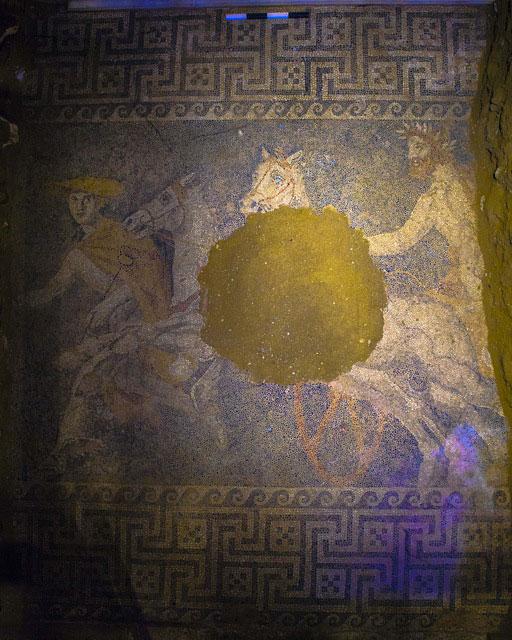In the reading from Religions of Late Antiquity in Practice Isis is the supreme god in a way. She has control over the cosmos, life and death, and most importantly faith. She was worshipped outside of Egypt long before she became a prominent goddess of the Greeks and Romans. In the reading it says that Isis is Demeter in Greek, and that the mysteries of Demeter were an extension of the mysteries of Isis. Isis has three deities she is commonly associated with, Anubis Horus and Sarapis. She is known as the goddess of a thousand names, each culture has a different name for the goddess, sometimes more than one. We know very little about her mysteries, we do know though that anyone could worship her in daily rituals. They did not have to be initiated into the mysteries.
The writers praise Isis as basically the goddess who has some sort of rule over everything. They praise her as a goddess of all the people and one who hold justice in very high esteem. She is known to calm or agitate the sea, as well as being the rays of the sun. In Egypt, she was responsible for searching for, putting back together, embalming, and reincarnating Osiris, then magically conceiving and giving birth to Horus. Horus would then be reborn and embodied by each new pharaoh.
Isis is worshipped for setting up sanctuaries for the gods and putting an end to tyrants. Her interactions with humanity are that she makes seafaring possible, she watches over people and to her “everything is possible”. I think she was so popular because Isis could claim having a hand in every aspect of someone’s daily life. She was credited for drawing man an women together, making sure children loved their parents, and taught people to honor the gods. So technically she could be praised for all the religious notions that all the Greek people have, and thus should be worshipped. Also since she had control over the seas and safety of seafarers she was the perfect goddess to pray to for safe passage in travels.
